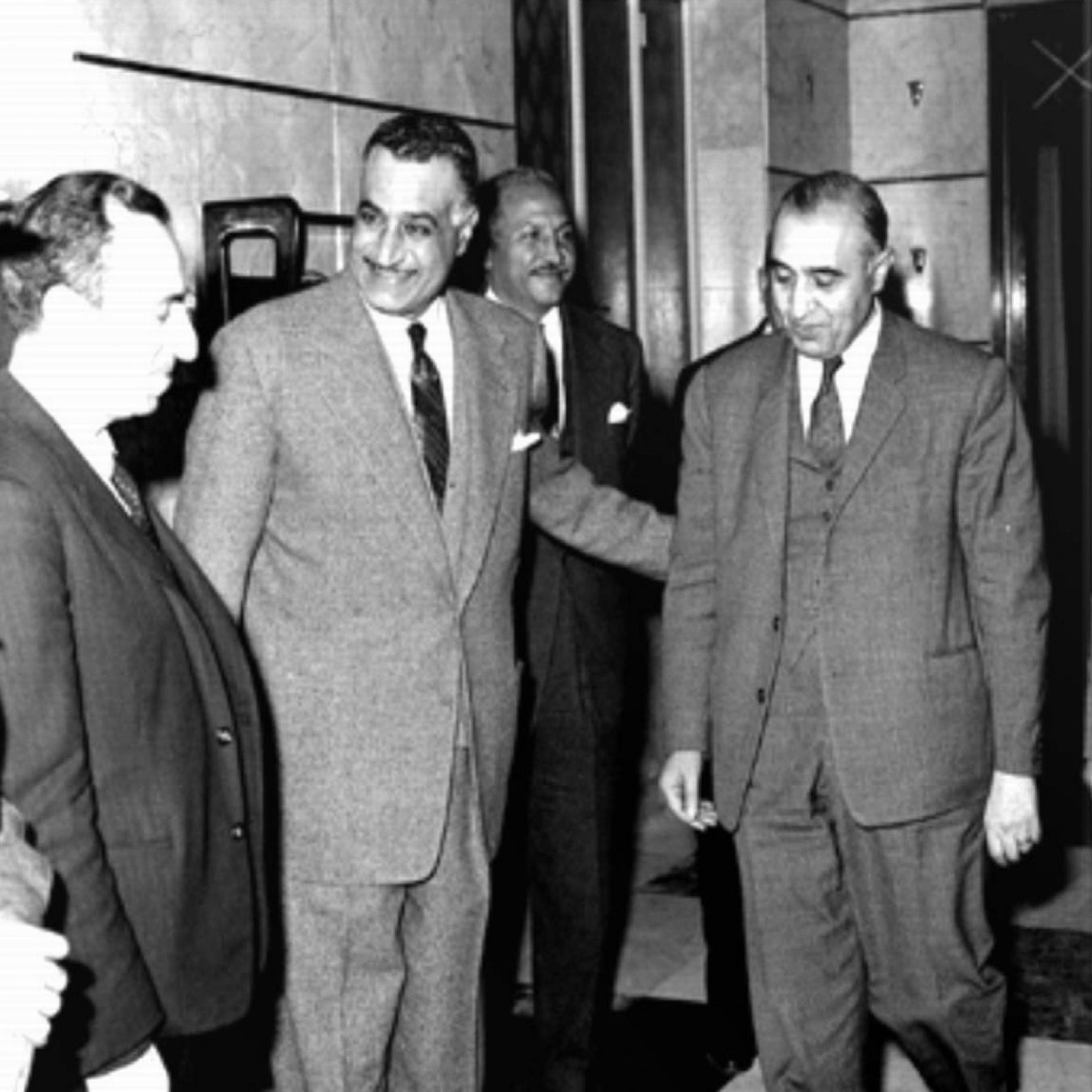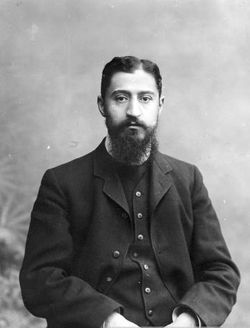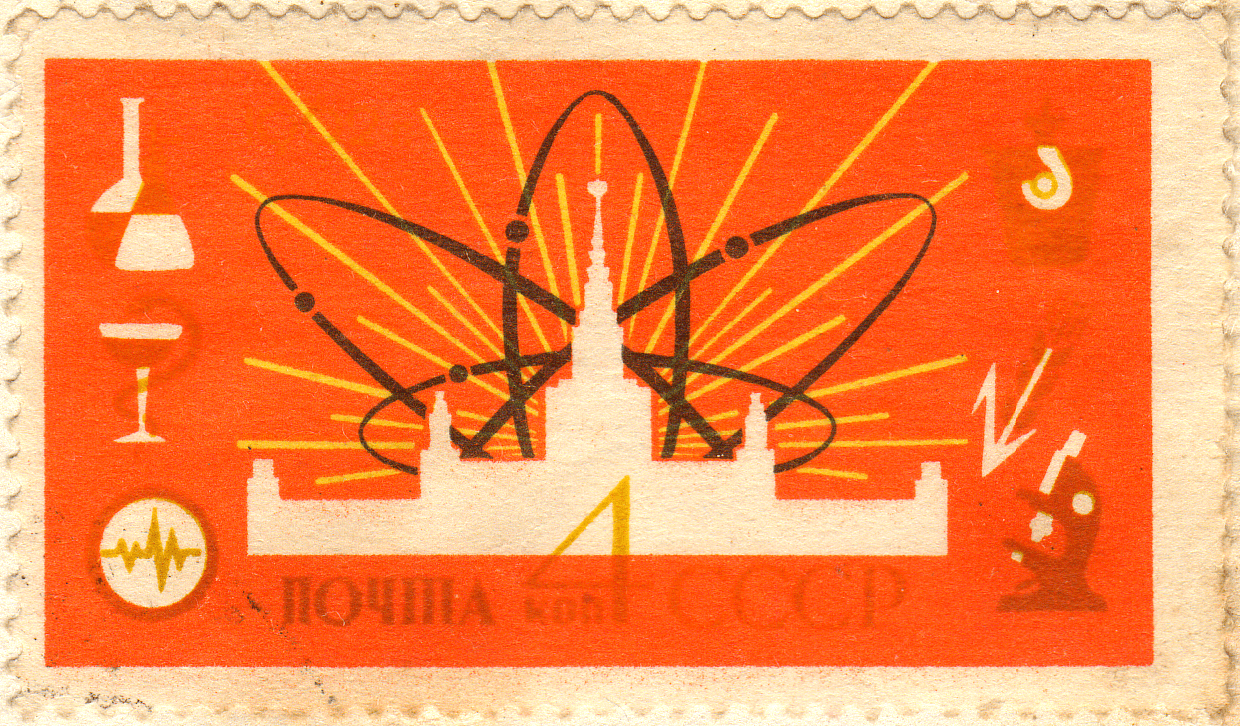|
Mohammed Mustafa Mero
Muhammad Mustafa Mero (; 1941 – 22 December 2020) was a Syrian politician who served as Prime Minister of Syria from 7 March 2000 to 10 September 2003. Early life and education Mero was born into a Sunni rural family in al-Tall in the outskirts of Damascus in 1941. He attended Damascus University. Later he acquired a PhD in Arabic language and literature from the University of Moscow. Career Mero became a member of the Ba'ath Party in 1966. He joined the Arab Teachers' Union, becoming its secretary general for cultural affairs and publications. He served as governor of the Daraa province from 1980 to 1986. He was appointed governor of the Al Hasakah province in 1986 and served in the post until 1993. In 1993, he became governor of the Aleppo province and was in office until 2000. Despite regional tensions between Syria and Turkey at the time, he was said to have enjoyed good relations with the Turkish government and was integral in dealings between the two governments. In J ... [...More Info...] [...Related Items...] OR: [Wikipedia] [Google] [Baidu] |
Prime Minister Of Syria
The prime minister of Syria (), officially the president of the Council of Ministers of the Syrian Arab Republic, was the head of government of Syria from 1920 to 2025. After the fall of the Assad regime, the prime minister of Syria was the head of the Syrian caretaker government. History Ba'athist Syria (1963–2024) In normal circumstances and under the constitution of the Syrian Arab Republic, the prime minister is appointed by the president of Syria, along with other ministers and members of the government that the new prime minister recommends. The People's Assembly of Syria then approves the legislative program of the new government, before the new government formally take office. There are no constitutional limits on a prime minister's term, and several served multiple non-consecutive terms. The Syrian presidency retains the constitutional authority to appoint or remove the prime minister and his Council of Ministers. Post-Ba'athist Syria (2024–2025) With ... [...More Info...] [...Related Items...] OR: [Wikipedia] [Google] [Baidu] |
Damascus University
Damascus University () is the largest and oldest university in Syria, located in the capital Damascus, with campuses in other Syrian cities. It was founded in 1923 as the Syrian University () through the merger of the Faculty of Medicine of Damascus University, Medical School (established 1903) and the Institute of Law (established 1913). It adopted its current name after the founding of the University of Aleppo in 1958. Damascus University was one of the most reputable universities in the Arab World before the Syrian civil war started in 2011. The University of Damascus consists of several faculties, higher institutes, intermediate institutes and a school of nursing. One of the institutions specializes in teaching the Arabic language to foreigners, which as of 2005 was the largest institution of its kind in the Arab world. History In 1901, the establishment of the Office of the School of Medicine in Damascus was approved and in 1903 this school, which is the nucleus of the ... [...More Info...] [...Related Items...] OR: [Wikipedia] [Google] [Baidu] |
Ba'ath Party (Syria)
The Arab Socialist Ba'ath Party ( ' ), also known simply as Bath Party (), was a political party founded in Syria by Michel Aflaq, Salah al-Din al-Bitar, and associates of Zaki al-Arsuzi. The party espoused Ba'athism, which is an ideology mixing Arab nationalist, pan-Arab, Arab socialist, and anti-imperialist interests. Ba'athism calls for the unification of the Arab world into a single state. Its motto, " Unity, Freedom, Socialism", refers to Arab unity and freedom from non-Arab control and interference. The party was founded by the merger of the Arab Ba'ath Movement, led by ʿAflaq and al-Bitar, and the Arab Ba'ath, led by al-ʾArsūzī, on 7 April 1947 as the Arab Ba'ath Party. The party quickly established branches in other Arab countries, although it would only hold power in Iraq and Syria. In 1952, the Arab Ba'ath Party merged with the Arab Socialist Movement, led by Akram al-Hourani, to form the Arab Socialist Ba'ath Party. The newly formed party was a relative suc ... [...More Info...] [...Related Items...] OR: [Wikipedia] [Google] [Baidu] |
Aleppo Governorate
Aleppo Governorate ( / ALA-LC: ''Muḥāfaẓat Ḥalab'' ) is one of the fourteen Governorates of Syria, governorates of Syria. It is the most populous governorate in Syria with a population of more than 4,867,000 (2011 Est.), almost 23% of the total population of Syria. The governorate is the fifth in area with an area of , or 18,498 km2, about 10% of the total area of Syria. The capital is the city of Aleppo. History Ancient In Classical antiquity, the region was made up of three regions: Chalybonitis (with its centre at Chalybon or Aleppo), Chalcidice (with its center at Qinnasrin العيس), and Cyrrhestica (with its center at Cyrrhus النبي حوري). This was the most fertile and populated region in Syria. Under the Romans, the region was made in 193 CE part of the province of Coele-Syria or Magna Syria, which was ruled from Antioch. The province of Euphratensis was established in the 4th century CE in the east, its centre was Hierapolis Bambyce (Manbij). Under the ... [...More Info...] [...Related Items...] OR: [Wikipedia] [Google] [Baidu] |
Al-Hasakah Governorate
Al-Hasakah Governorate (; ; , also known as , ''Gozarto'') is one of the fourteen Governorates of Syria, governorates (provinces) of Syria. It is located in the far north-east corner of Syria and distinguished by its fertile lands, plentiful water, natural environment, and more than one hundred archaeological sites. It was formerly known as Al-Jazira Province. Prior to the Syrian Civil War nearly half of Syria's oil was extracted from the region. It is the lower part of Upper Mesopotamia. Most of the territory is controlled by the Autonomous Administration of North and East Syria (AANES), which as part of the ongoing Rojava conflict, on 21 January 2014 declared democratic autonomy on the area of Al-Hasakah Governorate as the Jazira Region, the largest of the Regions of Rojava, three original regions of AANES. Geography During the Abbasid era, the area that makes this province used to be part of the Diyar Rabi'a administrative unit, corresponding to the southern part of Upper M ... [...More Info...] [...Related Items...] OR: [Wikipedia] [Google] [Baidu] |
Daraa Governorate
Daraa Governorate ( / ALA-LC: ') is one of the fourteen Governorates of Syria, governorates (provinces) of Syria. It is situated in the south-west of the country and covers an area of 2594 km2. It is bordered by Jordan to the south, Quneitra Governorate and Golan Heights to the west, Rif Dimashq Governorate to the north and As-Suwayda Governorate to the east. The governorate has a population of 922,000 (2010 estimate). The capital is the city of Daraa. Daraa Governorate campaign, Several clashes have occurred within the governorate throughout the Syrian civil war. History Syrian Civil War (2011–present) Protests and subsequent clashes between Syrian government and armed civilians (2011-2012) Civilians in Daraa began protesting against the government's authoritarian practices, which later prompted 2011 Syrian protests, similar protests across the country. The Syrian government responded by Siege of Daraa, besieging the city, which prompted some protesters to arm themselves ... [...More Info...] [...Related Items...] OR: [Wikipedia] [Google] [Baidu] |
Ba'ath Party (Syrian-dominated Faction)
The Arab Socialist Ba'ath Party (; meaning "resurrection"), also referred to as the pro-Syrian Ba'ath movement, is a neo-Ba'athist political party with branches across the Arab world. From 1970 until 2000, the party was led by the Syrian president and Secretary General Hafez al-Assad. Until 26 October 2018, leadership was shared between his son Bashar al-Assad (head of the Syrian regional organization) and Abdullah al-Ahmar (head of the pan-Arab national organization). In 2018, after the reunification of the National and Regional Command, Bashar al-Assad became the Secretary General of the Central Command. The Syrian Regional Branch of the party was the largest organisation within the Syrian-led Ba'ath Party; it ruled Syria from the 1963 coup to the fall of the Assad regime in 2024. The Syrian Regional Branch's activities were indefinitely suspended on 11 December 2024 and its assets transferred to the transitional government, dissolving the branch. Other branches of the Sy ... [...More Info...] [...Related Items...] OR: [Wikipedia] [Google] [Baidu] |
Yerevan State University
Yerevan State University (YSU; , , ), also simply University of Yerevan, is the oldest continuously operating public university in Armenia. Founded in 1919, it is the largest university in the country. It is thus informally known as Armenia's "mother university" (, ). Of its 3,150 employees, 1,190 comprise the teaching staff, which includes 25 academicians, 130 professors, 700 docents (associate professors), and 360 assistant lecturers. The university has 400 researchers, 1,350 post-graduate students, and 8,500 undergraduates, including 300 students from abroad. Instruction is in Armenian language, Armenian, but instruction in Russian language, Russian or English language, English for foreign students is available as needed. The academic year is from September 1 through June 30. According to University Ranking by Academic Performance (URAP), it was the top-ranked university in Armenia and the 954th in the world in 2010, of 20,000 institutions included in the list. Yerevan Sta ... [...More Info...] [...Related Items...] OR: [Wikipedia] [Google] [Baidu] |
University Of Moscow
Moscow State University (MSU), officially M. V. Lomonosov Moscow State University,. is a public research university in Moscow, Russia. The university includes 15 research institutes, 43 faculties, more than 300 departments, and six branches. Alumni of the university include past leaders of the Soviet Union and other governments. As of 2019, 13 Nobel laureates, six Fields Medal winners, and one Turing Award winner were affiliated with the university. History Imperial Moscow University Ivan Shuvalov and Mikhail Lomonosov promoted the idea of a university in Moscow, and Russian Empress Elizabeth decreed its establishment on . The first lectures were given on . Saint Petersburg State University and MSU each claim to be Russia's oldest university. Though Moscow State University was founded in 1755, St. Petersburg which has had a continuous existence as a "university" since 1819 sees itself as the successor of an academy established on in 1724, by a decree of Peter the Great. ... [...More Info...] [...Related Items...] OR: [Wikipedia] [Google] [Baidu] |
Damascus
Damascus ( , ; ) is the capital and List of largest cities in the Levant region by population, largest city of Syria. It is the oldest capital in the world and, according to some, the fourth Holiest sites in Islam, holiest city in Islam. Known colloquially in Syria as () and dubbed, poetically, the "City of Jasmine" ( ), Damascus is a major cultural center of the Levant and the Arab world. Situated in southwestern Syria, Damascus is the center of a large metropolitan area. Nestled among the eastern foothills of the Anti-Lebanon mountain range inland from the eastern shore of the Mediterranean on a plateau above sea level, Damascus experiences an arid climate because of the rain shadow effect. The Barada, Barada River flows through Damascus. Damascus is one of the List of oldest continuously inhabited cities, oldest continuously inhabited cities in the world. First settled in the 3rd millennium BC, it was chosen as the capital of the Umayyad Caliphate from 661 to 750. Afte ... [...More Info...] [...Related Items...] OR: [Wikipedia] [Google] [Baidu] |
Sunni
Sunni Islam is the largest branch of Islam and the largest religious denomination in the world. It holds that Muhammad did not appoint any successor and that his closest companion Abu Bakr () rightfully succeeded him as the caliph of the Muslim community, being appointed at the meeting of Saqifa. This contrasts with the Shia view, which holds that Muhammad appointed Ali ibn Abi Talib () as his successor. Nevertheless, Sunnis revere Ali, along with Abu Bakr, Umar () and Uthman () as ' rightly-guided caliphs'. The term means those who observe the , the practices of Muhammad. The Quran, together with hadith (especially the Six Books) and (scholarly consensus), form the basis of all traditional jurisprudence within Sunni Islam. Sharia legal rulings are derived from these basic sources, in conjunction with consideration of public welfare and juristic discretion, using the principles of jurisprudence developed by the four legal schools: Hanafi, Hanbali, Maliki ... [...More Info...] [...Related Items...] OR: [Wikipedia] [Google] [Baidu] |
Second Mustafa Mero Government
The second Mustafa Mero government was the first Syrian government during the presidency of Bashar al-Assad. It was established on 13 December 2001 and lasted until 10 September 2003 when the President designated Muhammad Naji al-Otari to form a new government. Composition The new government was headed by Mustafa Mero, who repeated term, and formed by 33 ministers. There were 15 ministers retaining their office and 18 new ministers. There were two women: Najwa Qassab Hassan as Minister of Culture and Ghada al Jabi as Minister of Social Affairs and Labor. Five members were part of the Baathist leadership: Mero and his four deputy ministers. See also *Cabinet of Syria *Government ministries of Syria * List of prime ministers of Syria References {{DEFAULTSORT:Mustafa Mero government, second 2000s in Syria Bashar al-Assad Syria Syria, officially the Syrian Arab Republic, is a country in West Asia located in the Eastern Mediterranean and the Levant. It borders the M ... [...More Info...] [...Related Items...] OR: [Wikipedia] [Google] [Baidu] |






